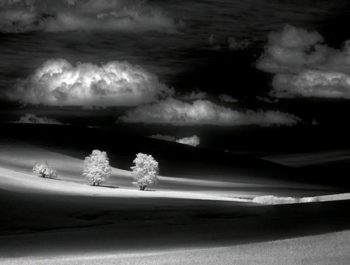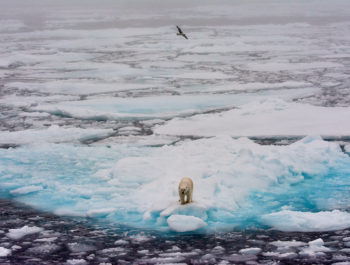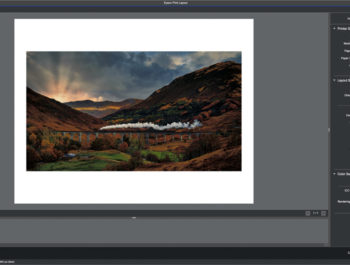Should I Buy Luminar AI
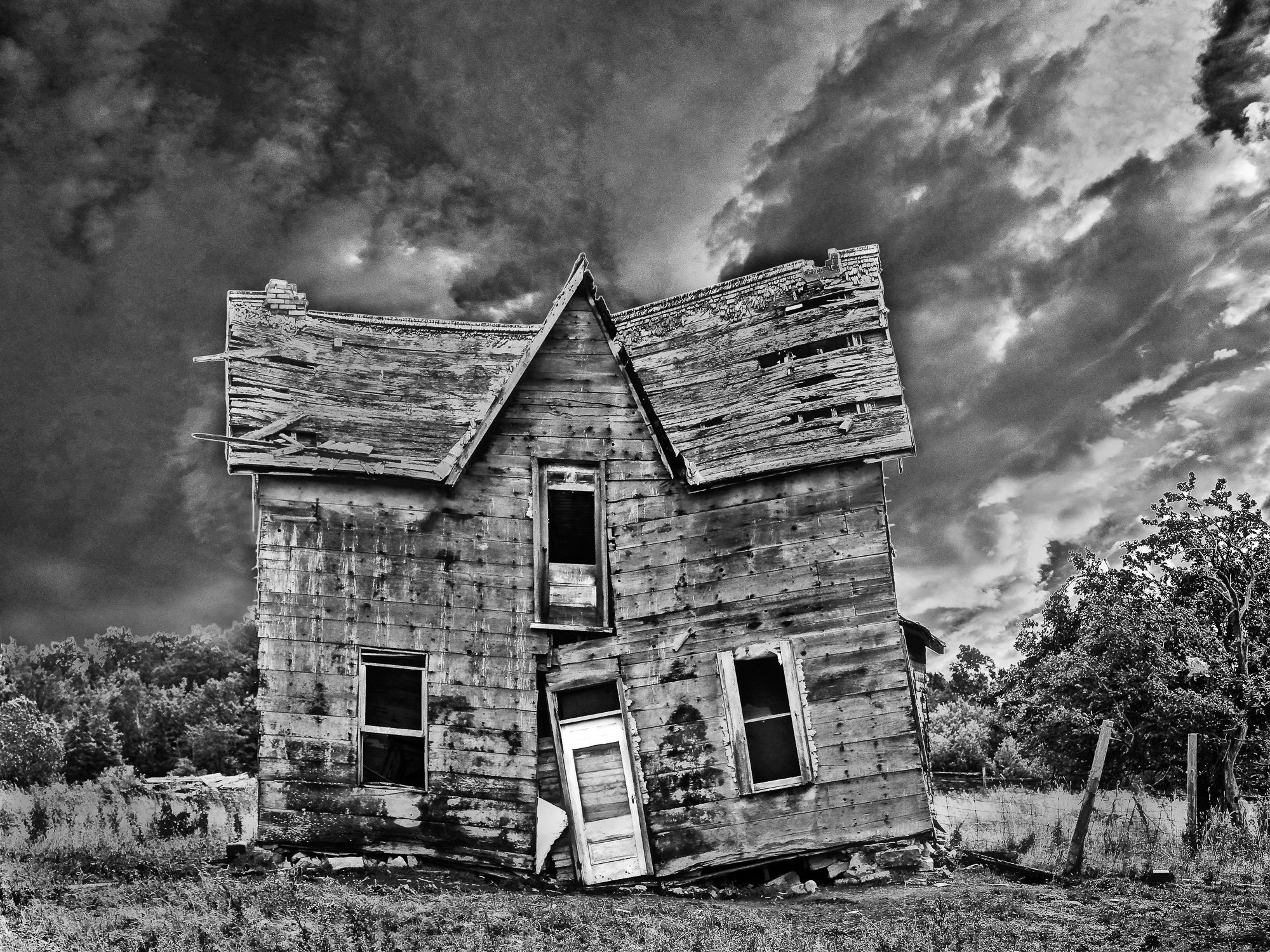
This essay is not a user experience or a “how-to” report. It derives from my ambivalence as to whether to “pop” for a copy of Luminar AI. I do not presently own or otherwise, have access to it or any other computer application that touts itself as being powered in whole or in part by artificial intelligence (AI). Like most photographers, I do use programs that have all kinds of presets that provide various “looks” with all sorts of contrast settings, color casts, film types, and just about every effect I can imagine and many I could not if I tried.
I have been reading of late on this and other sites about the supposed impact of AI on photography. The ability to manipulate images to artificially create identities and events is a growth industry. Some of it is nefarious and some of it simply a paean to production values, such as using virtual models and virtual reality sequences of one kind or another. That kind of wide-ranging discussion is not what this modest effort is about. I am concerned only with the implications of AI for post-capture image processing. Narrow stuff but of interest to me.
I start with a bit of wordsmithing – semantics if you prefer. For me, there is a significant difference between the words “picture” and “image” and what they convey as meaning. “Picture”, for me in the photographic context, connotes veracity, objectivity, and accuracy. “Image”, on the other hand, does not and connotes an effort to communicate visually an idea, an emotion, or value. When a picture can become an image is very amorphous. The categories are hardly discrete and, as a wander through Mr. Webster’s tome or the English Oxford Dictionary will reveal, there is plenty of room for elaboration, refinement, overlap, and debate. Indeed “image” seems to be the bigger word, and “picture” is sometimes defined as a type of “image”. In common parlance, they are often used interchangeably but because I am writing this I get to choose, so the connotations I mentioned above are the freight that each word carries for purposes of this discussion about photography.
Is this distinction meaningless pettifogging or does it make a real difference? I think it makes a difference or I would not be wasting my time writing this. Whether you do depends. One of my favorite soapboxes to climb up on is that unless you are into forensic photography (even then!), you are pretty much always making images, not taking pictures. What you decide to photograph, what you include in the frame, what you exclude from the frame, the chosen angle of view, what you put in the foreground, middle ground, and/or background, and a myriad of other variables are choices you make consciously or unconsciously. It’s a kind of Rorschach test.
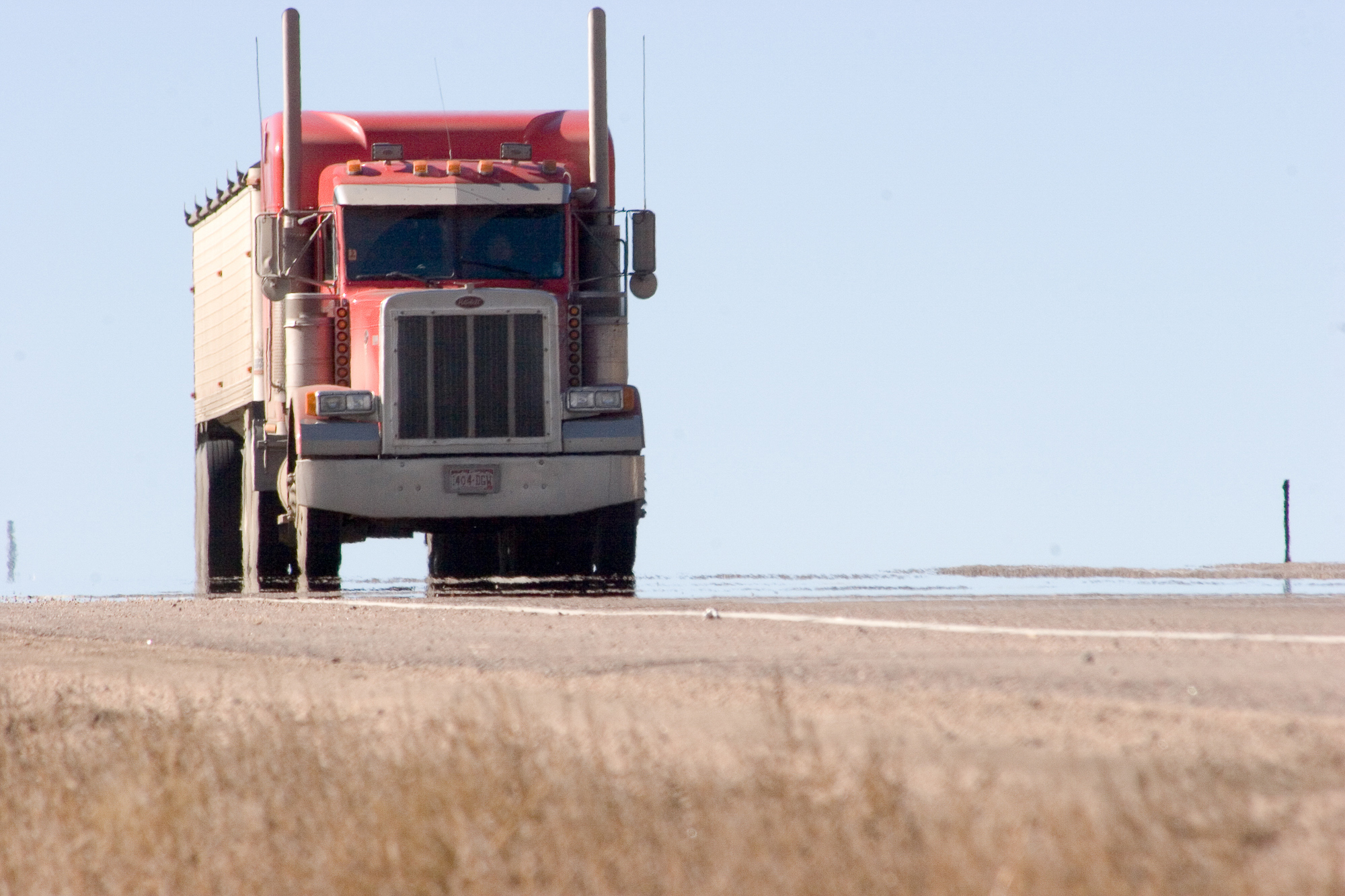

Red Truck original picture Red Truck image
Facial and eye recognition (human and animal), face registration, motion tracking, backlighting adjustments, and all the stuff in program mode/automatic are not AI but in some sense, they are getting pretty close. And while many photographers pay lip service to “getting it right in the camera” the reality of the matter is that these technological aids are relied upon to get a higher percentage of “keepers” that will be manipulated later. And manipulation is what AI post-capture processing is all about.
From film processing to darkroom dodging and burning and other techniques, through Photoshop and Lightroom, to AI, image manipulation has pretty much-been part and parcel of photography. The evolution of technique and technology has been essentially an unbroken and continuing line of developments in the post-capture aspect of photography and the advent of AI-based applications is but the latest nudge forward.
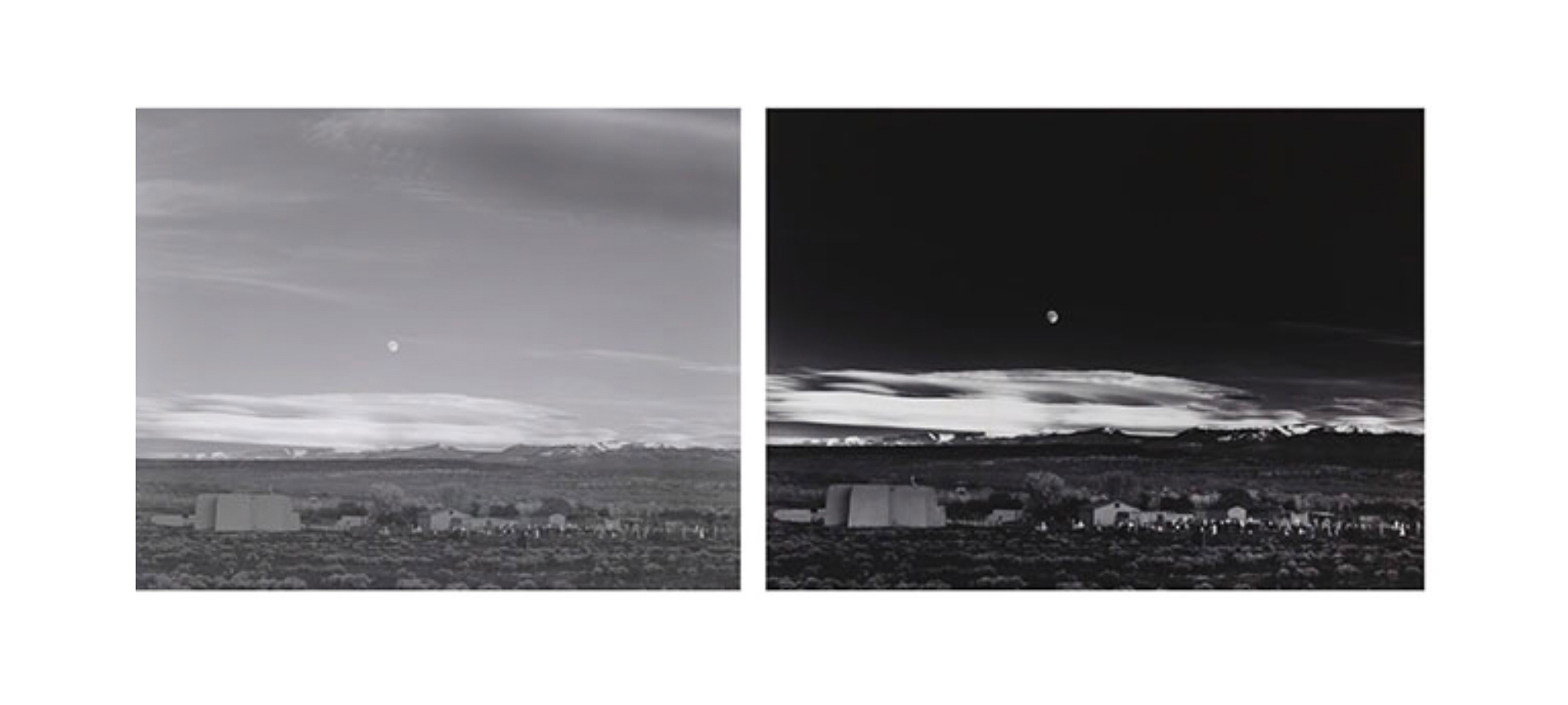
I am not against nor do I diminish what image creators do to make their point and get it across. I do it all to the extent that I am capable and I admire those more skilled than myself.
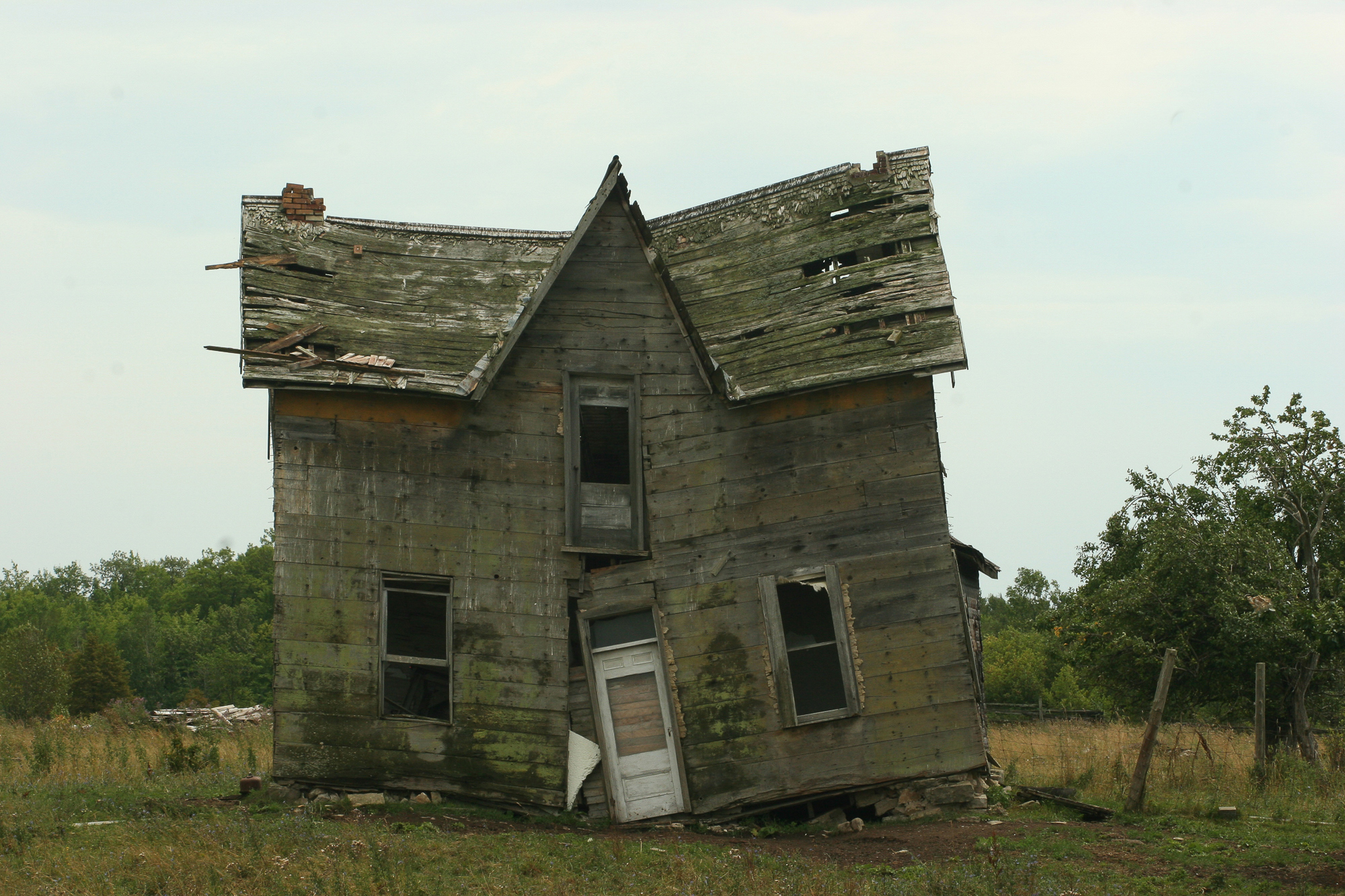

Be It Ever So Humble – Original capture Be It Ever So Humble – A digital image manipulated
It seems to me that where AI fits into this process is simply a partially new and easier way of manipulating an image. But there are some differences because it starts from a premise gleaned from many images that have been reviewed, analyzed, dissected, collated, parsed, compiled, messaged, stirred, shaken, beaten, blended, mashed, strained, homogenized, titrated, distilled, and extruded into presets. Where one starts from is not a function of the creative photographer’s intention but rather from some computer-generated result based upon discovered patterns that are presented to the user.
Being presented with a preset, itself, is not all bad. After all, what are Photoshop’s filters, blending modes, content-aware features, and most of the other features we find in all those drop-down menus, little triangles, and context menus? What about all those stand-a-lone and plug-in programs that not only magnify processing and offer, for a fee, additional presets on top of what they already contain? There is nothing inherently wrong with a preset, especially when you can look at a program’s settings and see what it has altered. It can be a real learning experience.
Of course, this is generally promoted with the observation that what is thus presented is nothing more than a starting point. One then tabs through an array of presets for alternative starting points. See if this looks good, and then whether that looks good, or layer on some other preset for a dramatic effect or mood. Seems reasonable. But the differentiating element is the intention – the fundamental building block of art. Does the photographer have some idea of where he wants to go and how he is going to get there or is he just along for the ride?
The notion of intention in image creation does not rule out experimentation and serendipity. Nor does it rule out working from what other creators have done before. It is the mastering of the discovered variables and techniques plus the manner of their intentional application that makes the difference if a difference can be perceived. And therein lies the rub.
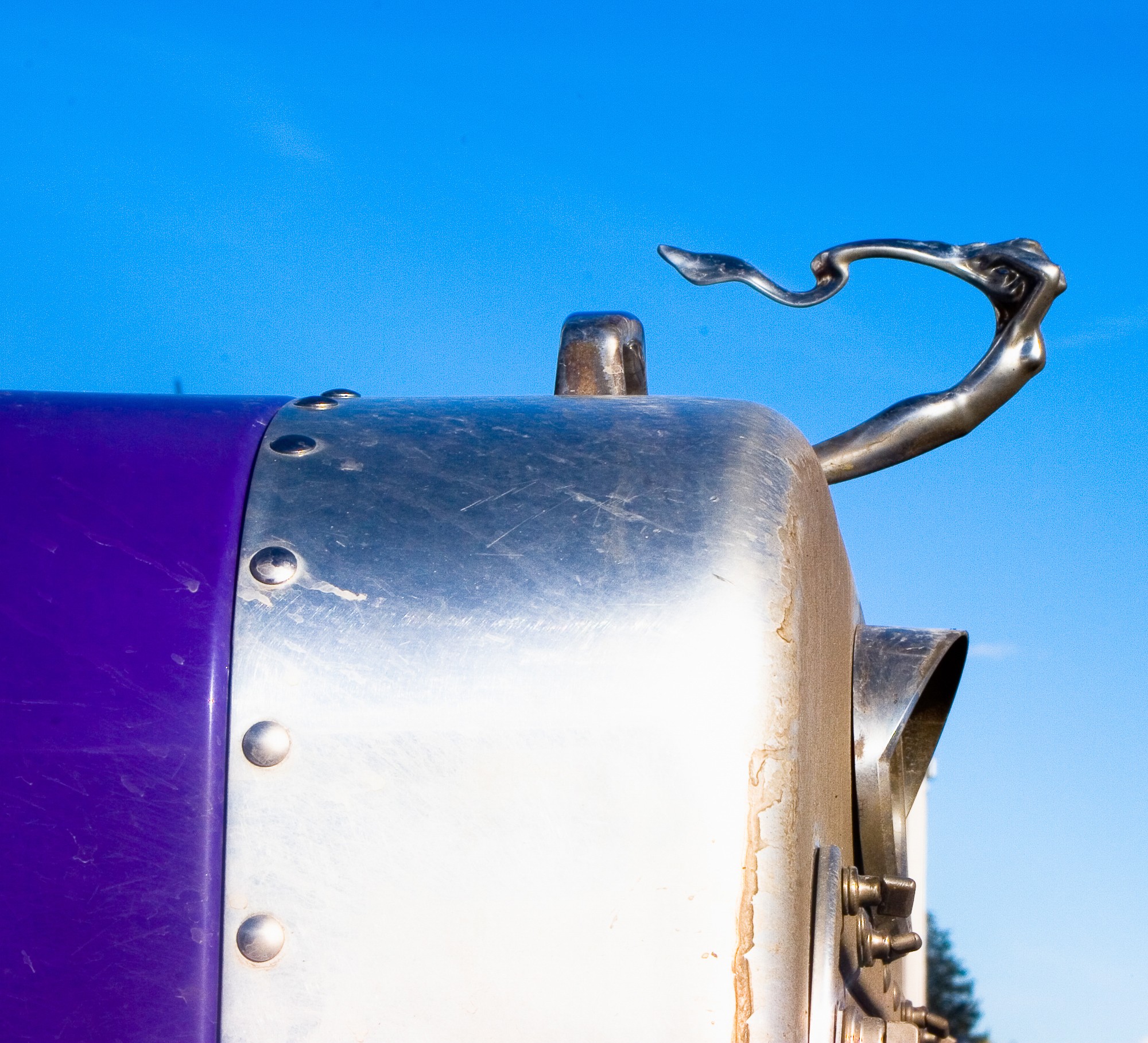
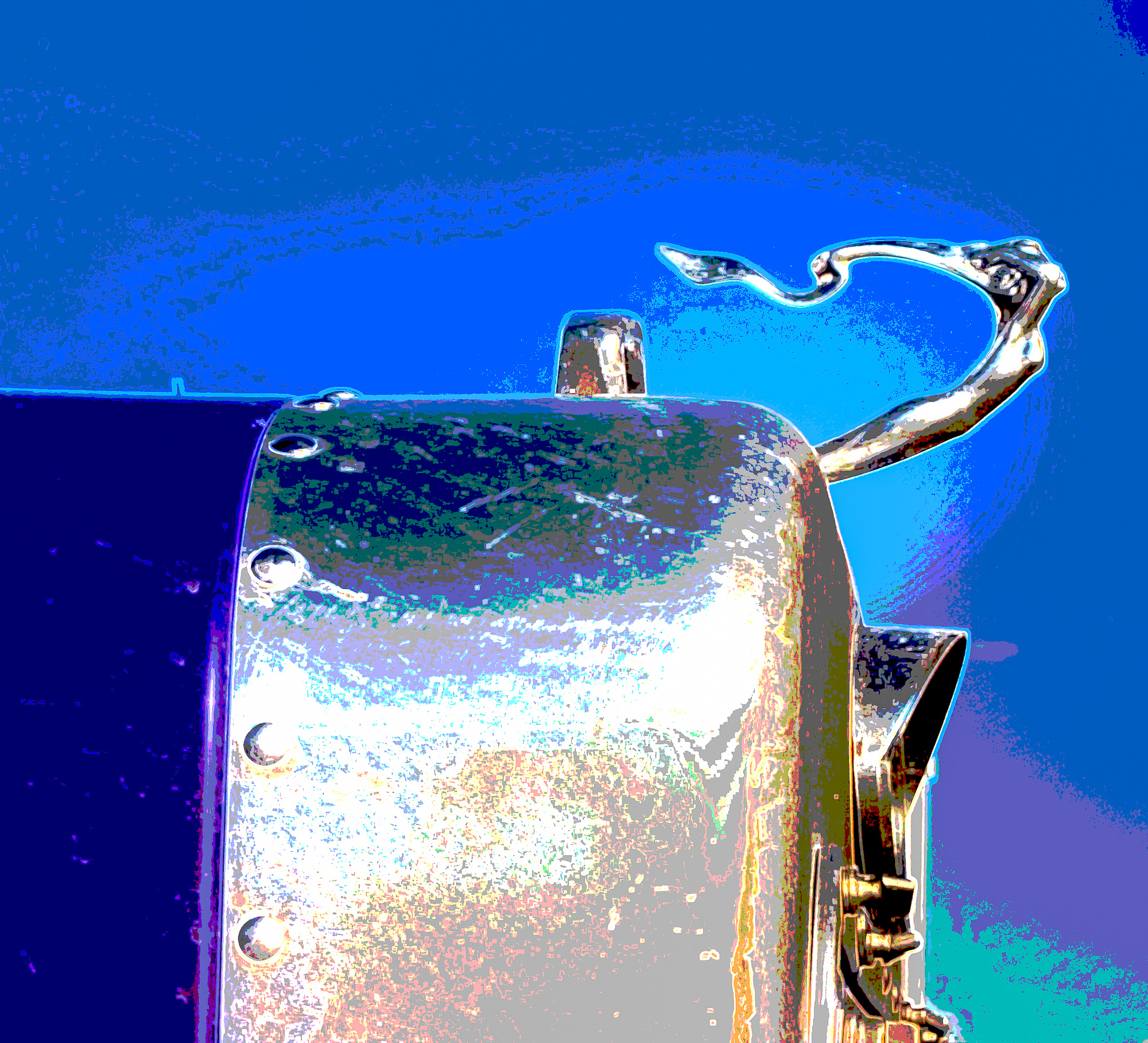
Hood Ornament Original Hood Ornament with PhotoshopFilters
An image or edit generated by an algorithm is the very opposite of intention. It is the final result of a statistical and quantifiable analysis of a database made up of discrete entries. The result may be very useful but it is not creative in the sense that artists usually use the term. The algorithm, generally, is itself a creation of intention and perhaps even a work of art but what it produces is a distillation into patterns, not the thing itself. It may resemble the end product of the creative process but is not the result of an intentional creative process. Behold the AI preset.
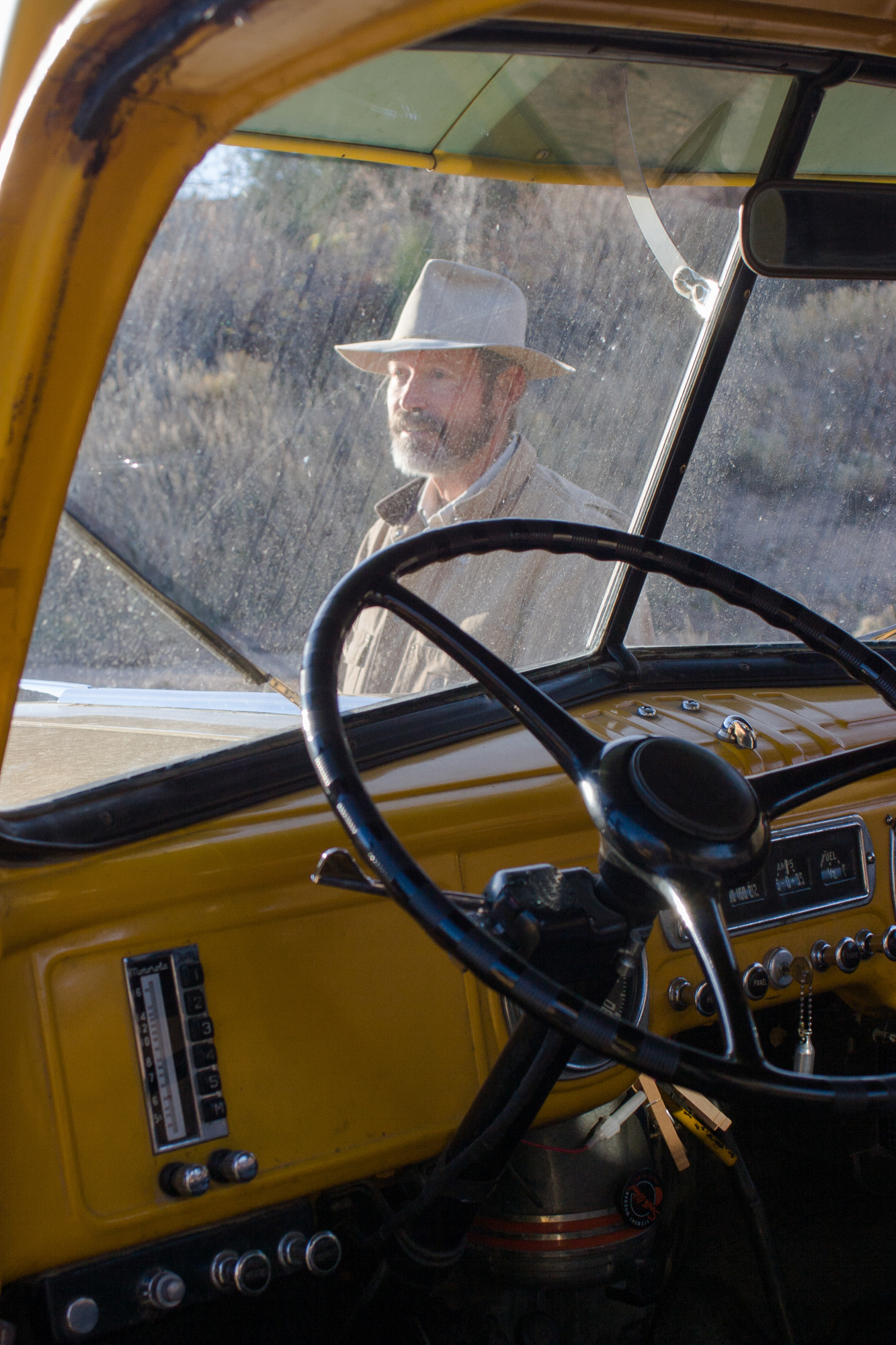
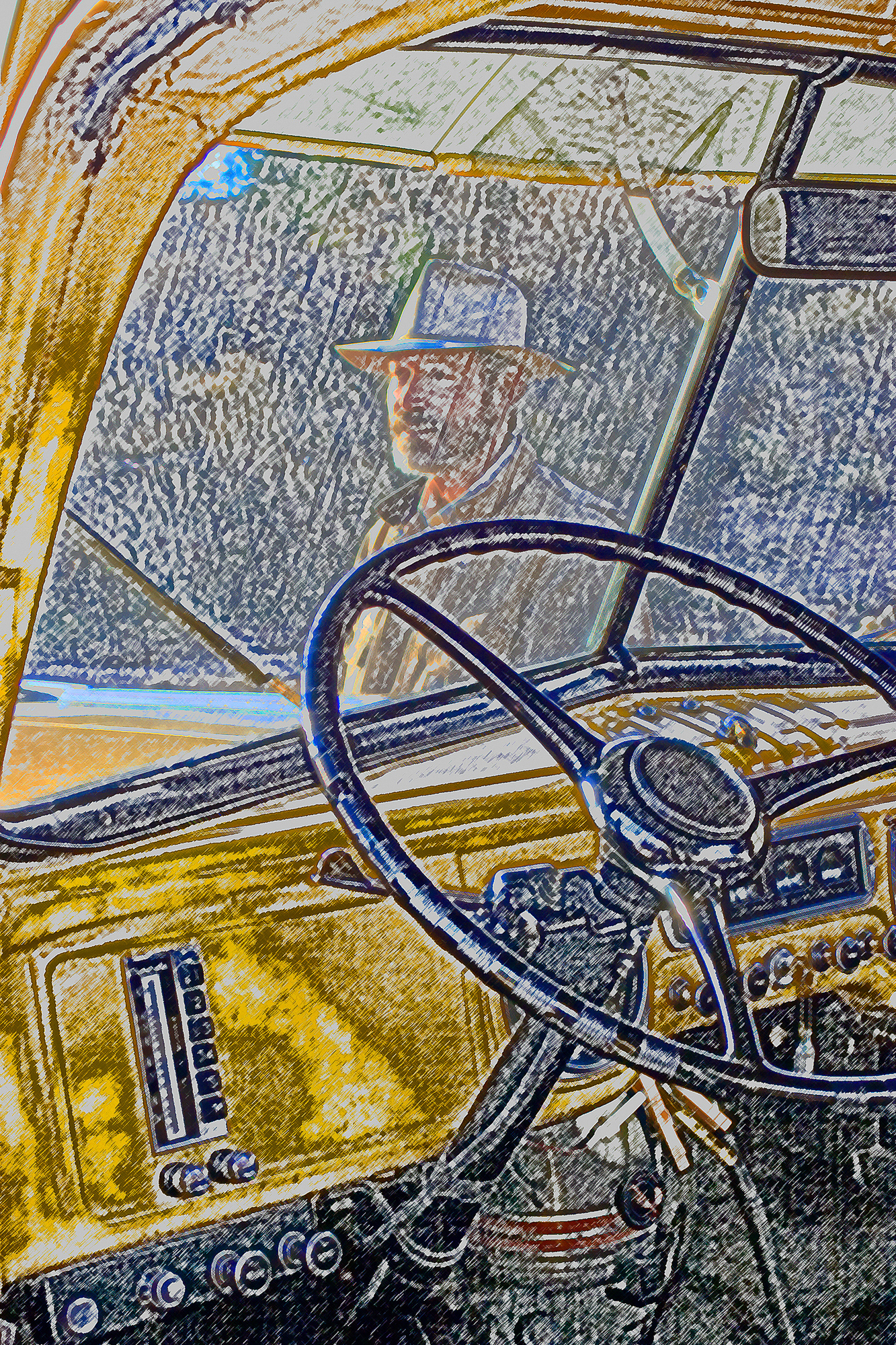
Farm Truck Original Farm Truck Finalwith intentionally applied alterations
Can one always tell the difference? Probably not because, so far as I know, there are no objective criteria to visually differentiate between artistic intention and computer driven pretense. Some artificial “creations” are obvious but, increasingly, some are not. “I’ll know it when I see it” is no longer a reliable guide, if it ever was. Talking to the artist is probably the best metric but that is rare, unlikely, and even somewhat unreliable. As some wag has put it, “If you can fake sincerity, you’ve got it made.”
There will always be a small subset of individuals who master the AI presets and controls sufficiently that they drive their choices intentionally rather than simply accept and tweak what is presented to them by the algorithm. Their choices and alternatives have so many combinations and permutations it is hard not to acknowledge the element of intentional creativity in that process. But their exceptionalism may itself get lost in an indistinguishable mass of churned out rote images without any real method of differentiating one from the other.
So where does all this discussion leave us in regard to the intersection of AI and photography? First, in regards to manipulating images, there is nothing new to report. Similar stuff has been going on since the inception of the form. AI is just a new whizzbang. Second, while all sorts of computer-generated falderal has been available for a long time, AI is a new and easier method of image manipulation than what has previous existed. As a result, we can expect to see more of it on a wider scale done by less skilled people. Third, because of the sophistication of the technology it will become harder and harder to tell the difference between something that was intentionally created and something that is the graphic representation of a result of some kind of complicated calculation. Forth, because of the proliferation of such images and the difficulty of distinguishing between the intentional and unintentional, the status of intentionally created images will be to some degree diminished and trivialized.
This kind of result may be something of a problem for the professional fine art photographic artist who seeks to establish some kind of equivalence between skill and value. Establishing or maintaining that is difficult and the value proposition for such creations is likely to reside more in the craft employed rather than the final result. It is not as much of a problem for commercial photographers because their products are images destined for manipulation by all means fair and foul and, despite their elaborate studios and zillion pixel cameras, they are accustomed to have professional retouchers descend upon their images routinely. They nonetheless may feel the bite of those who increasingly are satisfied with the easy appearance of skill rather than skill itself, especially if the difference is marginalized by AI or similar techniques. While the expert’s eye may be discerning, the client’s or consumers’ may not be.
Perhaps what the availability and ease of use of AI manipulation tools is signaling is that post capture processing is migrating further from the capture/adjust kind of paradigm to a kind of capture/composite paradigm. We may be looking at something more akin to digital art than to photography. The ease of such things as dropping in skies, manipulating light sources, inserting light rays, generating reflections, content aware fill, and easy selections for extraction and insertion lends itself to that kind of approach. This presents no problem so long as one accepts that it is a process of image creation not involving a pretense of veracity — making images, not pictures.
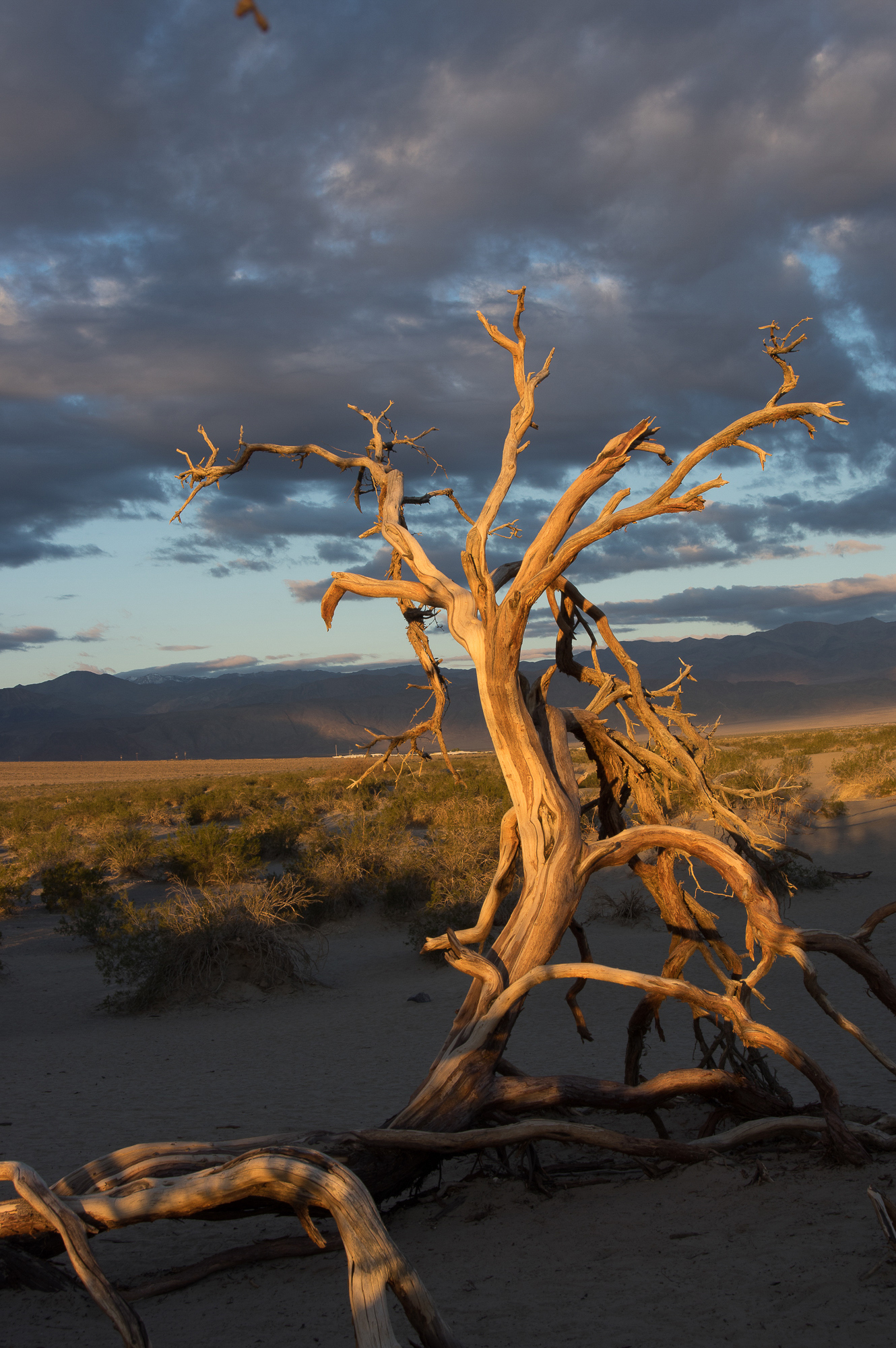
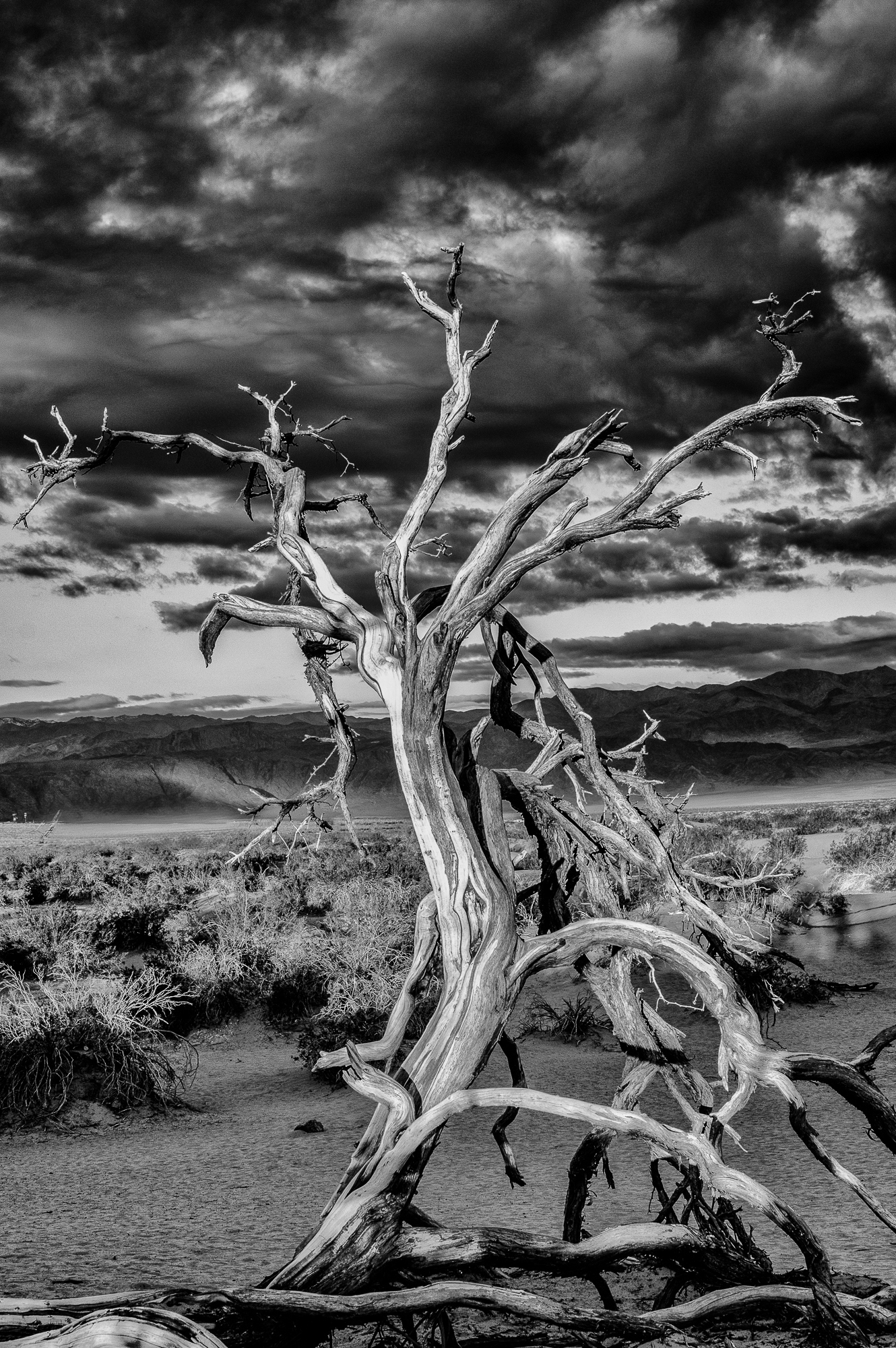
And finally, there is the potential problem of sameness. If an established algorithm is applied to a set of images it will necessarily suggest consistent changes derived from its data base in a way predicable by virtue of the design of that algorithm. Over time, those suggested changes will tend to be similar and consequently result in a “look”. We see something similar with HDR.
One can, I suppose, conjure up notions of a computational “Rule of Thirds Police” and enforcing other established notions of what looks good and what does not derived from the data base. There will always be the retort that the user does not have to accept the proposed edits, but one would not be using the program in the first place if there was not the inclination to accept the suggestions on offer. If the program analyzed a particular photographer’s preferences and choices that might be an alternative to something based on a huge general data base and the tendency to move towards a kind of computational consensus.
Doing one’s own presets is a very common way to initiate or refine edits and doing the same kind of thing in an AI program is certainly an option. However, defining edits that are idiosyncratic to a particular photographer derogates from the supposed benefits of AI and its huge data base, input, and cross image analysis. One might argue that combining general presets in an AI application with a particular photographer’s pet presets results in a kind of amalgam where the benefits of the wide-based analysis and individual preferences are effectively combined. If it doesn’t result in a mud pie edit, perhaps.

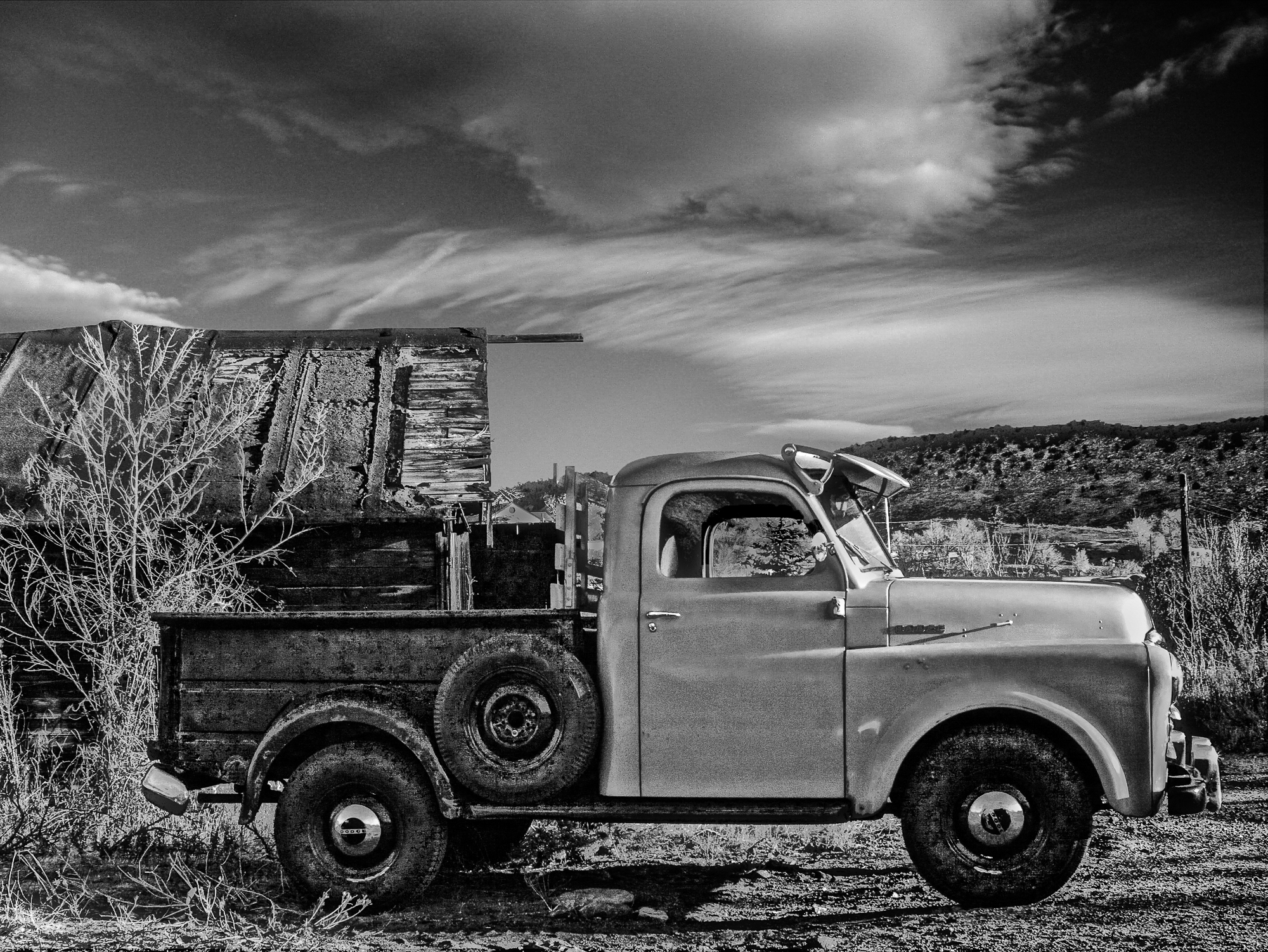
Photographers have always sought to establish a style and look and, whether it is their own or someone else’s. They invoke styles and looks which regularly come into and go out of fashion. Presets can be a tool to do this. AI will likely have presets that do similar things, and one can reliably predict that new and different presets will be offered up for sale in order for photographers to differentiate themselves and, coincidentally, to provide a new revenue stream for the originators.
I have tried to reflect on whether this makes much of a difference for me personally in my approach to photography and image creation. While I once professed professionalism, I have in more recent years redefined myself as a devoted amateur. I have concluded that for me and many people like me the object of all of the effort is not so much the integrity of the process as it is the fun and satisfaction of it. I enjoy the conception and execution of capturing an image, its abstraction, and its manipulation to an anticipated result. But if others derive their enjoyment from easy capture and being presented by AI with a result they could not or might not take the time to otherwise achieve, well, they are entitled to their fun too.
We have not seen the end of AI’s influence on photography and what is on the horizon may be much less benign than what we see now. The ineluctable force of technology is changing our notions of what we expect and will tolerate from our tools and practices and our attitudes will adjust, like it or not. It’s the way things work. But I still have not decided how much input I want an AI algorithm to have in my work and therefore whether to buy Luminar AI.
Paul Rubner
February 2021
Golden, CO
Paul Rubner is a retired attorney who has for the past 14 years been Colorado based photographer. He now concentrates on story telling through image creation rather than just picture taking. His images are not really intended to be in any fixed category – what one individual may think of in terms of a fine art print, another may see as an illustration, a project piece, or part of a collection of like or disparate images. Subjects span from environmental portraits to landscapes, although images of people are his preference. His images can be considered singly or as a series that is evocative in some larger sense. One can never fully predict what the photographer or others will find meaningful, and the viewer will therefore find a myriad of subjects, contexts, and styles. Most of his images have had post-capture processing applied to them. For black and white images, care has been taken to insure a full tonal range. And for some, manipulation to achieve simplification and abstraction has been extensively applied.






